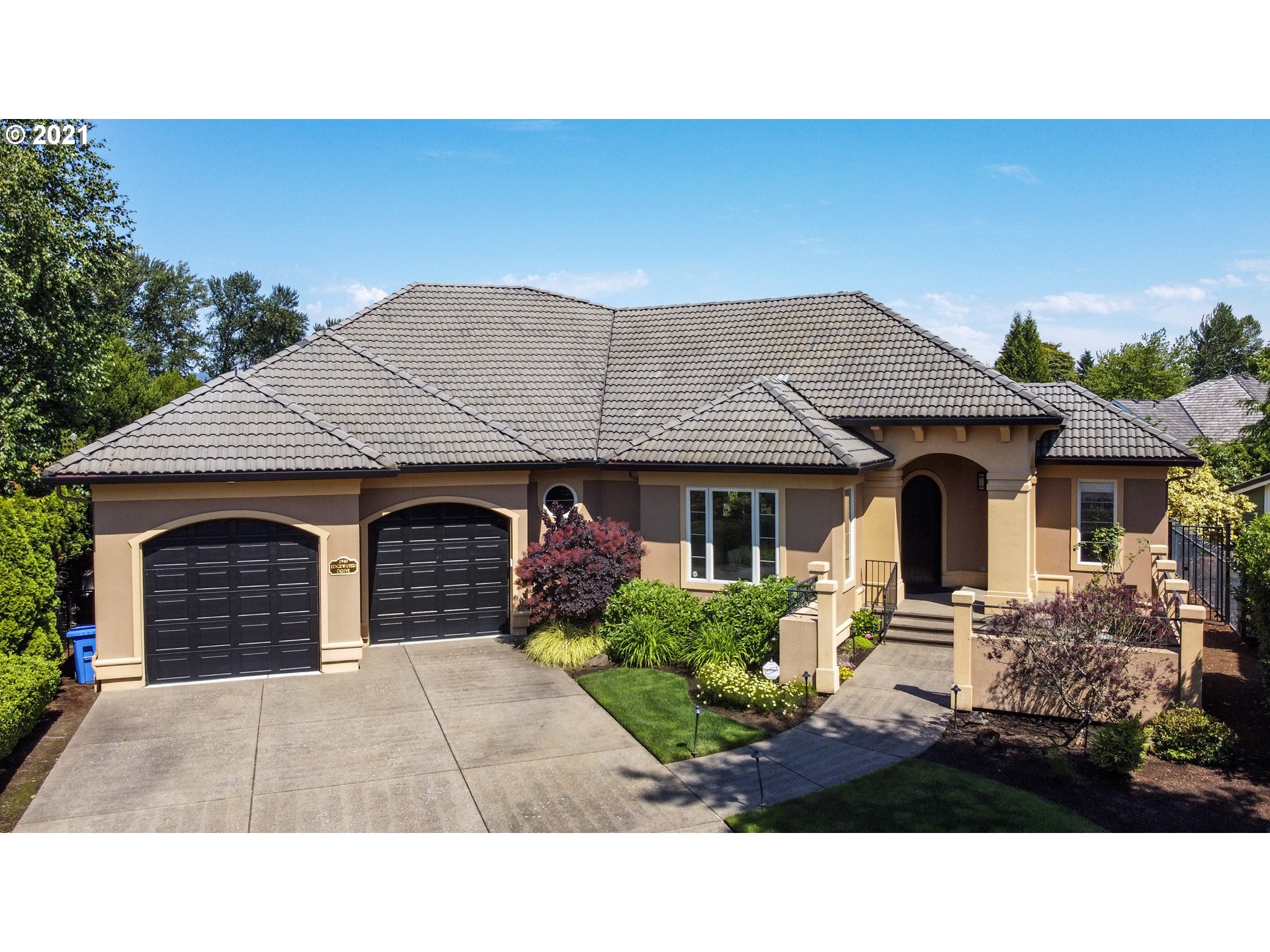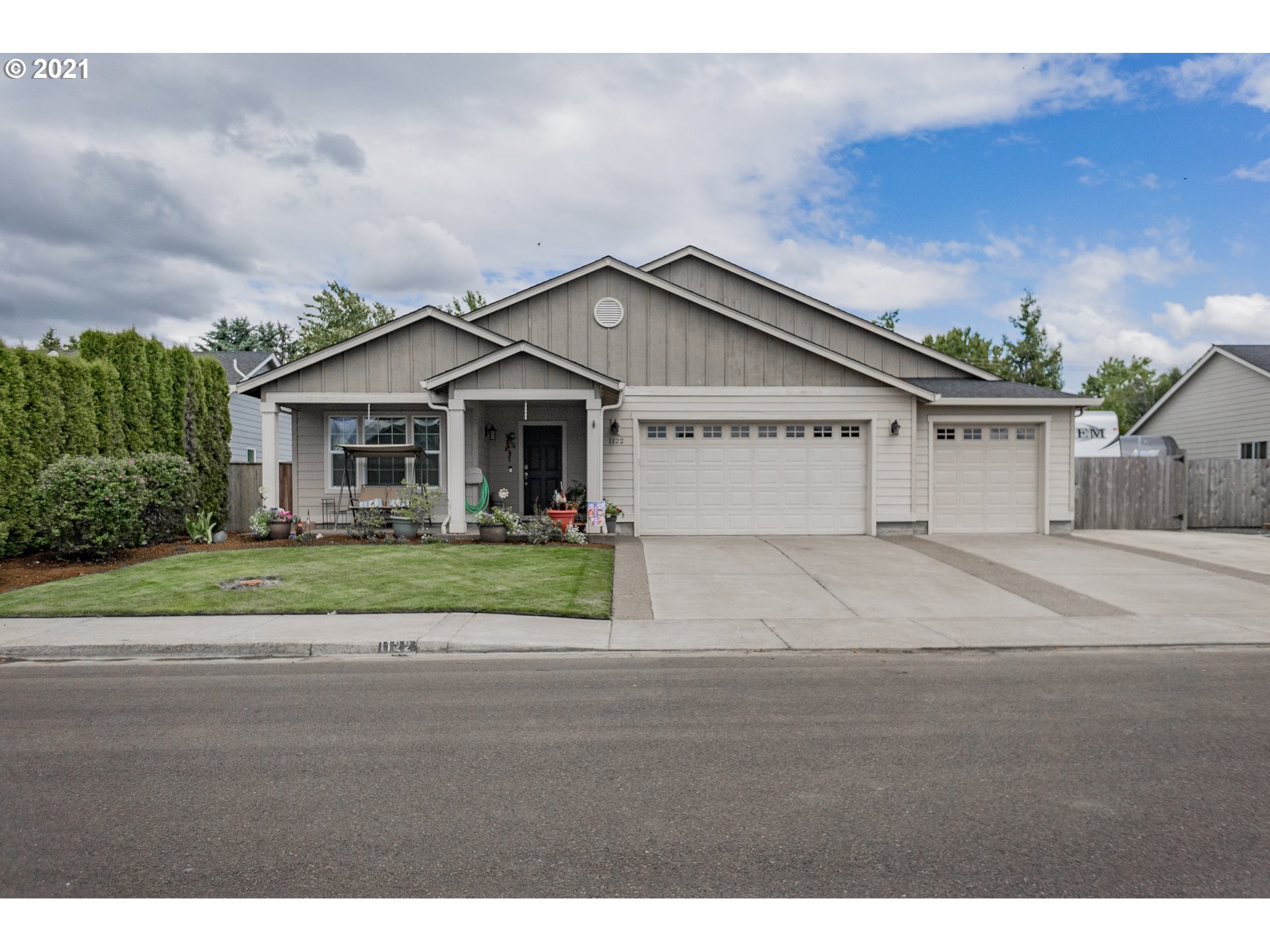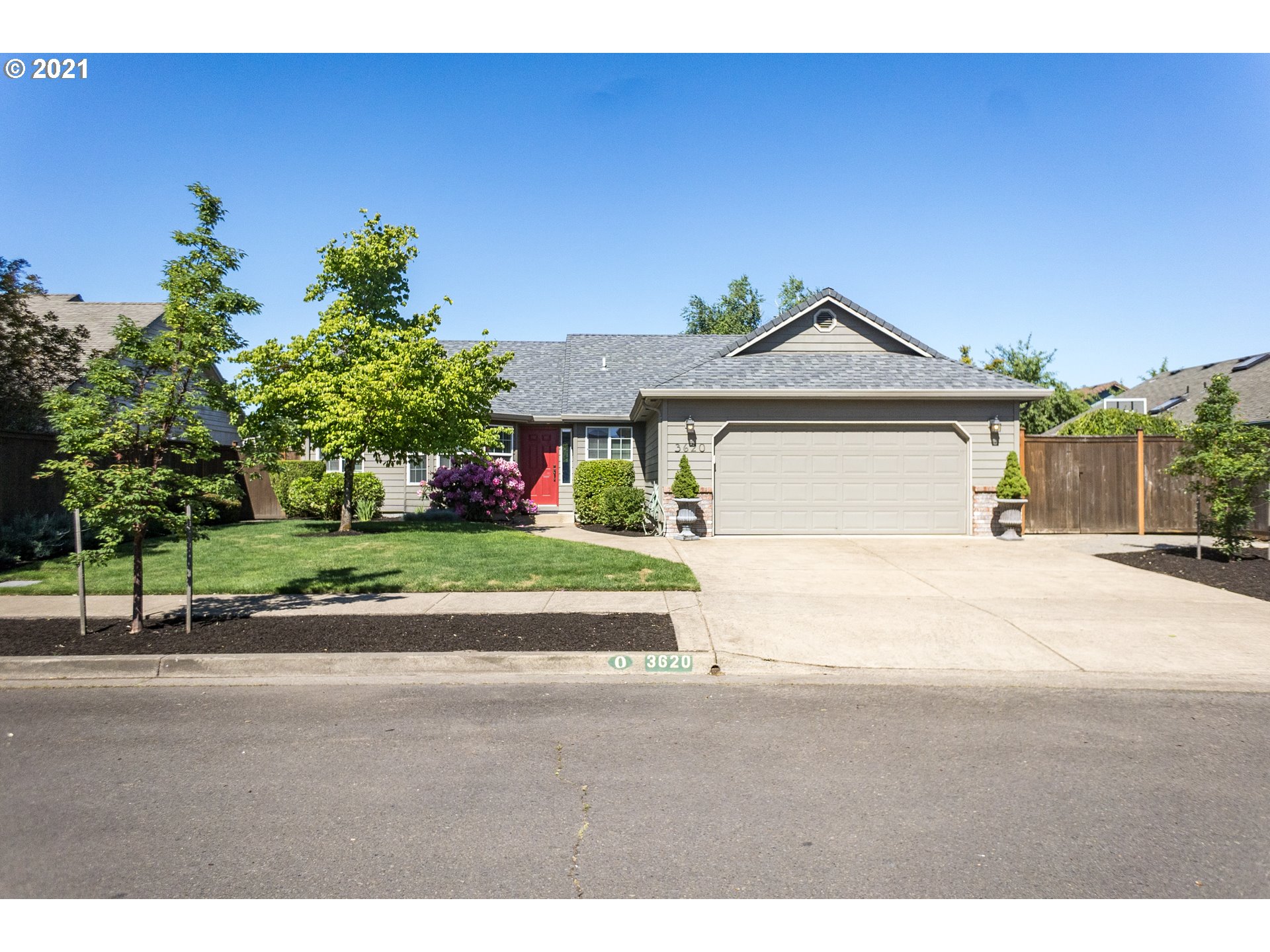Remote Work And Mobility Expected To Have Most Significant Impact On Real Estate
Good Monday Morning!
I recently read this article in "Realtor Magazine" about the "Top Ten Things Effecting The Real Estate Market This Year". I found it interesting and wanted to pass it along. Here is that article.
Remote work and mobility are expected to have the most significant impact on real estate over the next year, according to The Counselors of Real Estate’s list. The group identified current and emerging issues expected to have an influence over real estate in the 2021-2022 cycle. Remote work and mobility and its influence over commercial buildings globally was named as the top issue, followed by technology and ESG (Environment, Social, and Governance).
“The pandemic was a stress test, revealing vulnerabilities, appetites, and new and increased risks,” says Michel Couillard, global chair of The Counselors of Real Estate. “These themes present themselves in the 2021-2022 Top Ten Issues, which are highly interconnected and indicative of a newly changed and further evolving real estate environment. We have been awakened to some familiar but nascent areas of importance, namely cybersecurity, supply chain, and price instability. None of these are new concepts, but in a span of months or even just weeks, we saw high profile hacks, shortages of resources like microchips, lumber and labor, and rising prices across the board.”
Here’s a closer look at the top 10 issues on CRE’s list for 2021-2022:
1. Remote work and mobility
The pandemic greatly disrupted the workplace as many employees began to work remotely—and still are more than a year later. Commercial properties may need to be repositioned as the workplace adapts to more flexible and even shareable spaces.
“As we emerge from COVID-19 into a new world replete with local and global disruptions alike, our industry has been forced to recognize that adaptability and resiliency are paramount in real estate markets,” says Couillard. “It is undeniable that the pandemic’s disruption significantly impacted human behavior in how and where people have chosen to work. Now, with an escalating return to ‘business as usual,’ and workers beginning to return to offices, landlords, and companies nevertheless are facing repositioning of the workspace and the benefit of easily adaptable and shareable spaces. …. Property owners and managers should be flexible in order to accommodate these demand-driven changes in the desired use and location of space."
2. Technology acceleration and innovation
The Counselors of Real Estate also ranked the acceleration and adoption of technology as having the second greatest impact on the real estate industry. “The stressors were not about new tech, but about the acceptance of it,” Coulliard says. “Lockdown-driven changes in our work, the economy, in social structures, and in our personal behavior forced the industry to put any earlier reluctance aside.” Growing technology themes include artificial intelligence, machine learning, the Internet of Things, and cybersecurity, the report notes.
3. ESG at a tipping point
Environmental, social, and governance (ESG) initiatives are growing. In 2020, ESG funds more than doubled net new money intakes. “The growth in recent years is fueled by multiple drivers, including consumer shifts, regulatory requirements, trillions of dollars of wealth transferring to generation Z and millennials committed to philanthropic living, a blurring of work and societal expectations, and a full sprint to attract and retain top talent,” the report notes.
4. Logistics
“Whether it’s a port, rail line, pipeline … manufacturing facility, warehouse, farm, ranch, or grocery store, all these real estate assets are a critical segment in the supply-chain funnel that is logistics,” the report notes. “How logistics is functioning impacts the utilization of commercial real estate. Redundancy and the ability to process disruption are two key elements required to support the fast-moving, high-volume requirements of modern-day logistics in the ‘shop-online-and-deliver-to-me’ era in which we find ourselves.”
5. Infrastructure
The Civil Engineers estimates the U.S. infrastructure funding gap in 2021 to be $2.6 trillion, a 24% increase compared to 2017. “The COVID-19 pandemic, climate change, and heightened societal interest in social and economic equity have redefined infrastructure imperatives beyond the significant ongoing necessity for improved roads, bridges, airports, ports, mass transit, and other traditional infrastructure needs,” the report notes. A proposal on Capitol Hill sets out to allocate $110 billion in new spending to bridges and roads, $65 billion to expanding access to broadband, and $48.5 billion to public transit, and more. Stay updated here: NAR resource page on transportation and infrastructure in real estate
6. Housing supply and affordability
The National Association of REALTORS® and the Rosen Consulting Group released a report last week calling for a “once-in-a-generation” response to address decades of underinvestment and underbuilding in the housing market. The nation has faced a shortfall of 5.5 million to 6.8 million housing units since 2001, according to the report. Housing groups are calling on lawmakers to expand access to resources, remove barriers to incentivize new development, and more. Read more from NAR’s report on this: ‘The State of America’s Housing Stock Is Dire’
7. Political polarization
“Political friction is holding back America’s economic productivity,” the report notes. “We are squandering resources as we try to address problems that arise from the partisan divide rather than problems confronting us as common issues …. And the real estate industry’s well-being is a function of our economic growth.”
8. Economic structural change
Economic growth is mostly an unknown. As the report notes, how do we assess the real potential of the economy for sustainable growth? What numbers indicate a true trend and which are merely adjustments from the low bottom of the second quarter of 2020? Which behavioral changes made by U.S. households in the pandemic will persist? The ability for businesses to anticipate what’s next is met with challenges. For example, “even though real estate investors may reasonably expect an uptick in demand in the coming year, the ability to anticipate when occupancy and rent will rise frustrates underwriting,” the report notes. “We are observing many investors increasing their focus on property management aimed at retaining tenants and defending cash flow, while selectively seeking ‘value-add’ properties amenable to active asset management. The thinking is ‘focus on what you can control’ during this period where macro-level uncertainty is the governing headwind at the policy level in terms of the structural problems in this economy.”
9. Adaptive Reuse 2.0
The term is not new but the focus is getting bigger. CRE refers to Adaptive Reuse 2.0 as “The Neighborhood Approach.” It aims to address the challenges of what to do with defunct suburban malls and thousands of empty big-box retail stores that are surrounded by desirable and affordable neighborhoods. It requires a re-examination of suburban communities in repositioning and transforming areas that could be at risk for blight. A number of projects have been completed or are underway to help reconnect communities, prevent blight, and restore green space.
10. Bifurcation of capital markets
Debt capital markets have been volatile since the pandemic, namely public markets like commercial mortgage-backed securities, mortgage REITs, and agencies such as Freddie Mac and Fannie Mae. “Mortgage REITs took a significant hit early in the pandemic, with some recent recovery driven by restructuring credit lines and paying down credit facilities that experienced margin calls,” the report notes. Still, the “market continues to be flush with debt capital liquidity, despite property type and market uncertainty. Looking out to the remainder of 2021 and into 2022, performance will dictate the amount of distress and losses, and risk management should dictate markets, property types, leverage, loan structure, and pricing for mortgage debt. The next year should also tell us if commercial real estate debt was too rich and whether perceived risk underestimated where pricing should have been.”
Have An Awesome Week!
Stay Healthy! Stay Safe! Remain Positive! Trust in God!
THIS WEEKS HOT HOME LISTING!
 2941 Edgewater Dr, Eugene, OR
2941 Edgewater Dr, Eugene, OR
Price: $1,150,000 Beds: 3 Baths: 4.0 Sq Ft: 3397
Don't miss this elegant 1-level executive home in a quiet cul-de-sac. Large covered patio w/ infrared ceiling heat & a gas fire table overlook a pond & waterfall making it a relaxing & private retreat. Spacious indoor/outdoor entertaining w/ Sonos s...View this property >>
AND HERE'S YOUR MONDAY MORNING COFFEE!!


 1122 Alderdale Dr, Junction City,
1122 Alderdale Dr, Junction City, 3620 Berkshire St, Eugene,
3620 Berkshire St, Eugene,



